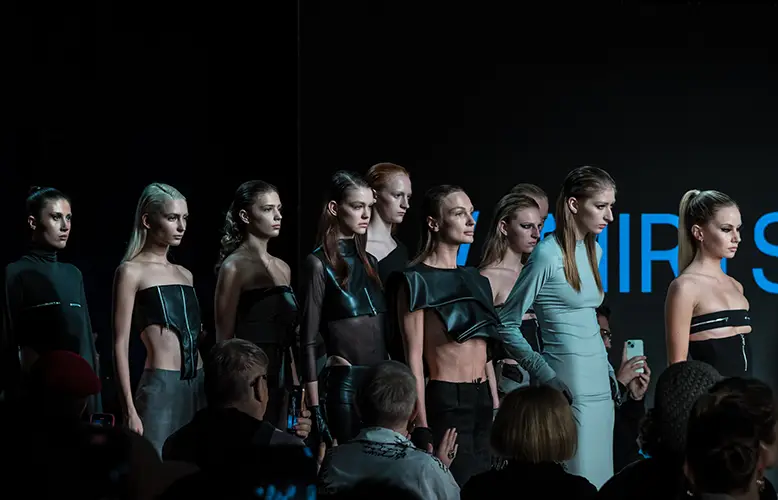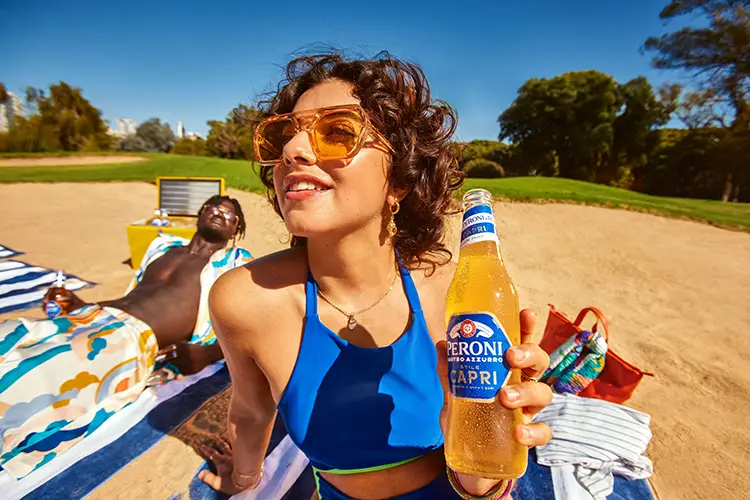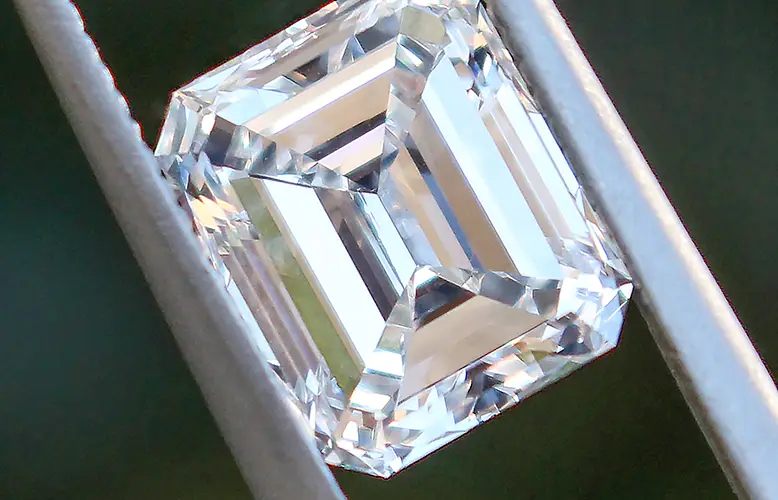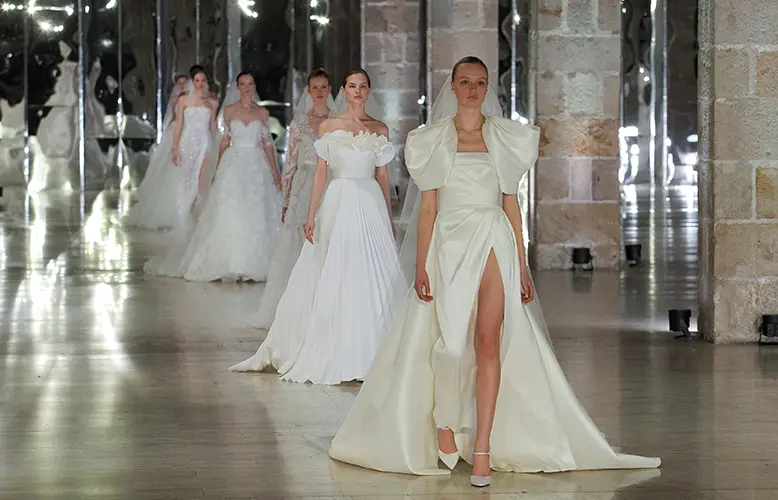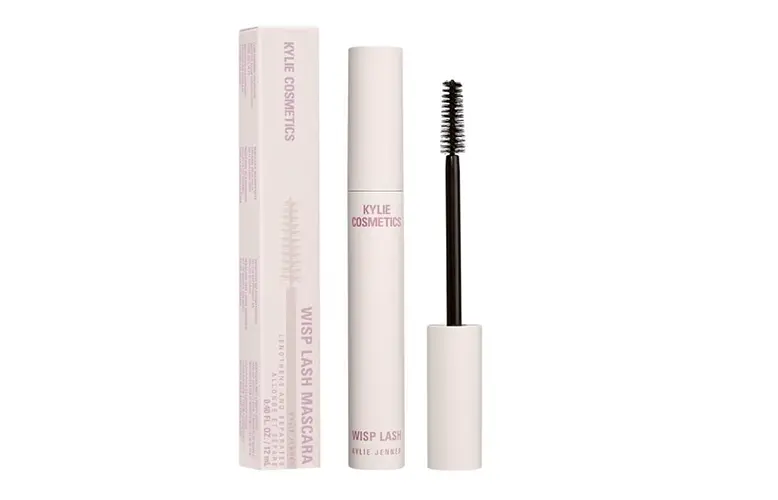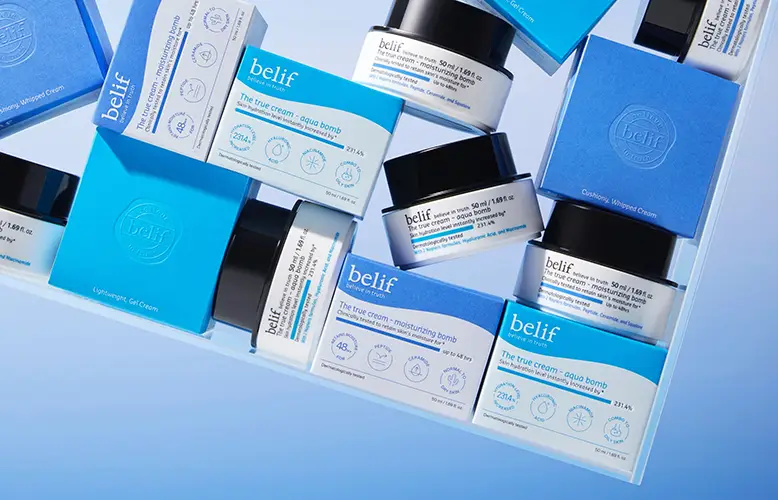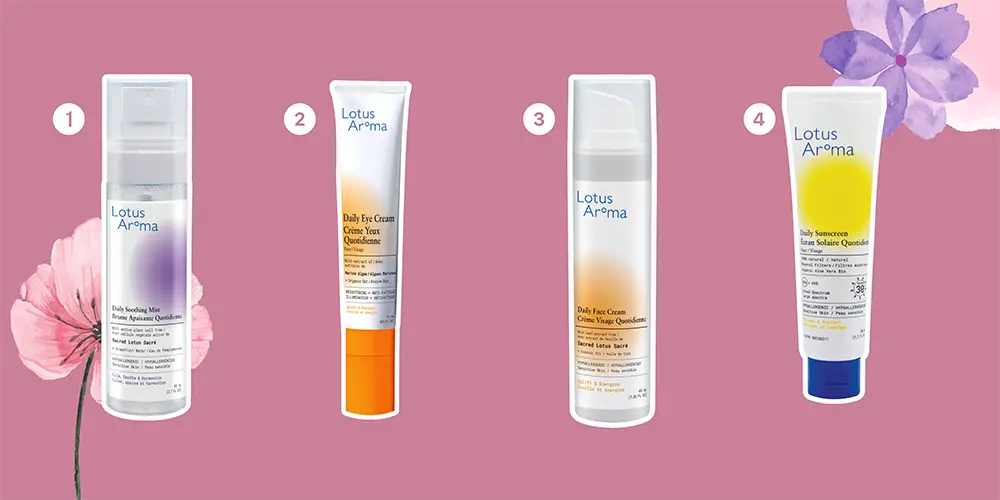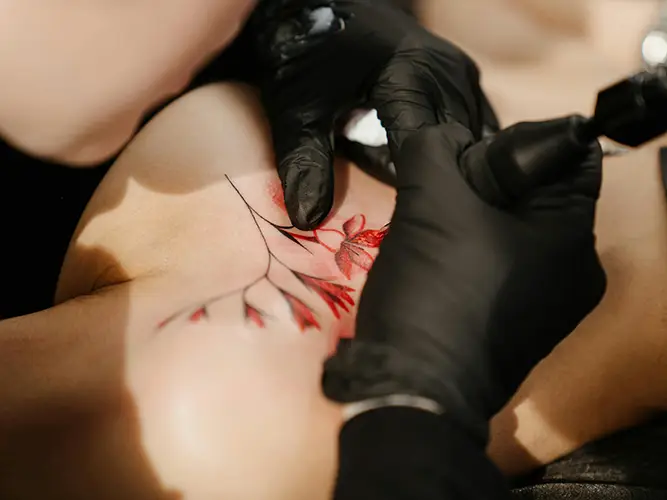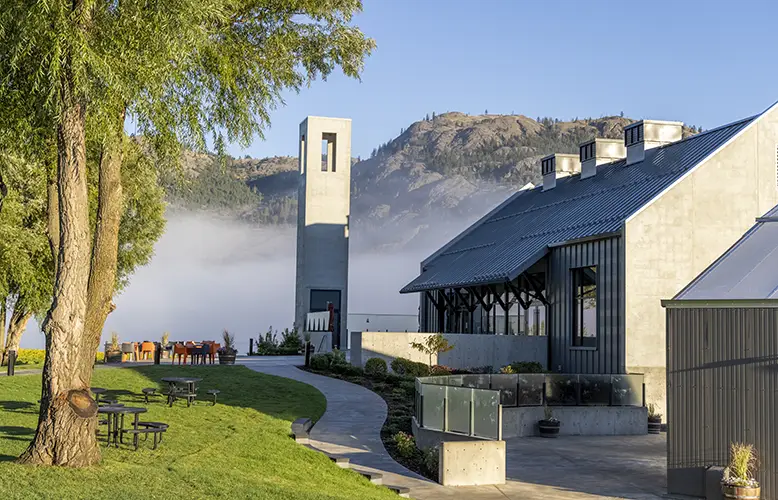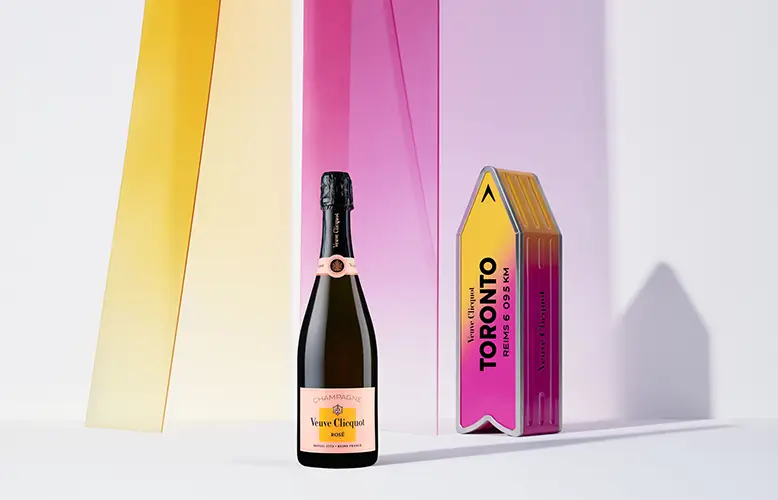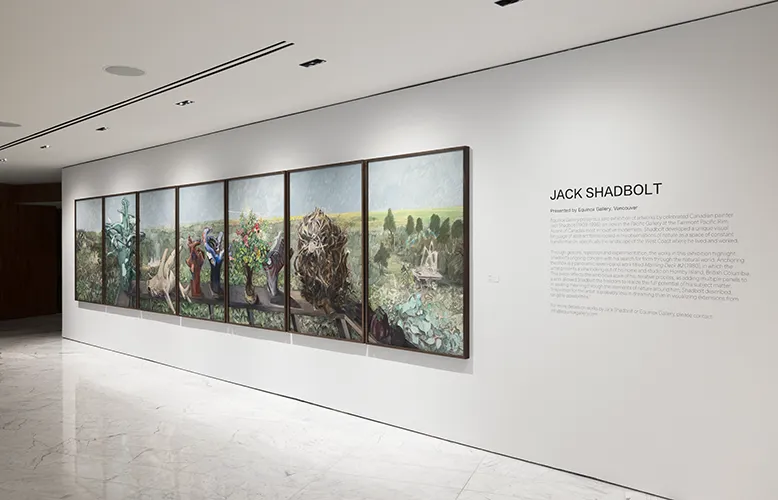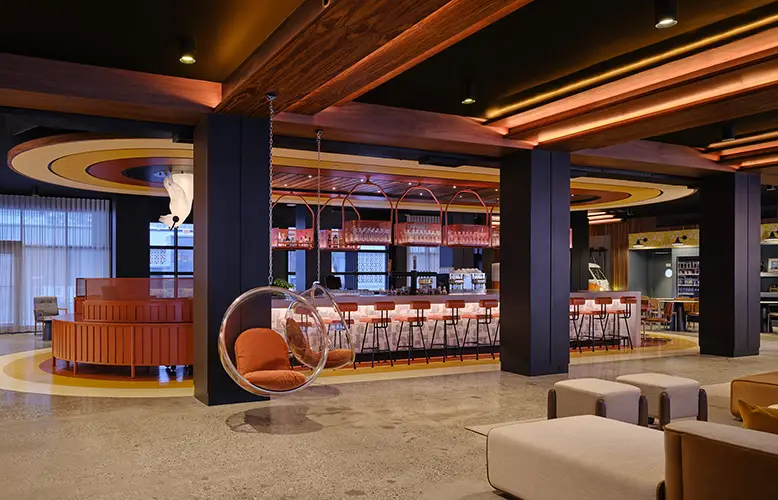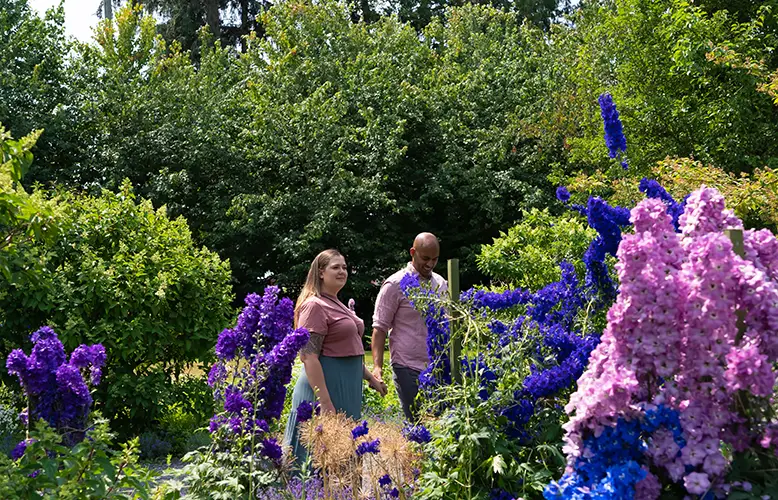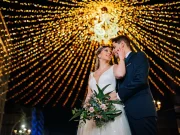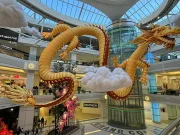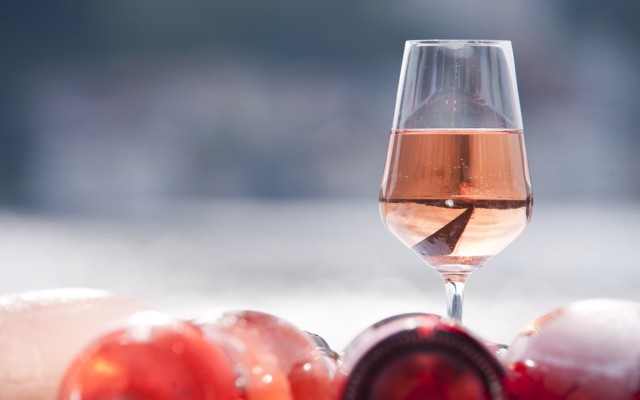Every year, just as the weather starts to warm and the flowers start to bloom, we get a glimpse of the latest release of Rosé wines. I enjoy Rosés all year round – not just for patios and hot, sunny days – although they are fantastic there as well. Not only can Rosés be enjoyed during any season, with all of the varieties of Rosés, they can also be enjoyed with a plethora of foods and, perhaps, some guidance is needed for those of us who want to know a little more…
Rosé, or Rosado in Portugal, Spain and Spanish speaking countries or Rosato in Italy, is a type of wine that incorporates some colour from the grape skins it is made from, but not enough to consider it a red wine. Depending on the method they are made and the grape varieties they are made from, Rosés can vary in colour from light pink or light orange, to darker, fuller pinks and salmon colours.
Any grape variety can be used to make Rosé, but the most popular dry Rosés are made with Pinot Noir, Grenache, Syrah, Tempranillo, Sangiovese, Mourvedre, Carignan, Cinsault, Cabernet Franc and Gamay Noir, while most of the sweeter, fruitier types are made with Zinfandel (White Zinfandel), Merlot (White Merlot) and Moscato.
The colour in Rosés, as in red wine, typically comes from the length of time the skins of the grapes stay on during the wine-making process (technically, the process of maceration). With most Rosé wines, the skins only have contact for a few hours, which is what provides the nice colour to the wine along with other advantages, such as tannin and complexity of flavour.
Another method of making Rosé is called the Saignée method. These Rosés are longer lasting, savoury and tend to have more depth and character. During the fermentation of a red wine, approximately 10% of the juice is bled off. This process leaves a higher ratio of skin contact with the remaining juice, making the resulting red wine rich and bolder. The wine that is bled off or “Saignée” is fermented into a Rosé wine – what a fantastic by-product of red winemaking!
Some of the greatest examples of Rosé are found in the “Old World” of France, Italy and Spain.
In France, famous Rosés from Provence (Bandol), Languedoc-Roussillon and Southern Rhone valley (Tavel and Lirac) are often enjoyed with many of the regional Mediterranean dishes like garlic aioli sauces and tangy bouillabaisse seafood stews. Other great examples are French Rosés from Champagne (Blanc de Noirs made with Pinot Noir and Pinot Meunier), and Rosés from the Loire Valley made from Pinot Noir and Cabernet Franc (Sancerre and Chinon).
In Italy, we see Rosato from Veneto made from Pinot Grigio (Ramato), from Abruzzo made from Montepulciano (Cerasulo or Cherry Red), some fairly gutsy examples from Calabria, Apulia, and Sicily in the south, and some sweet Rosato from Tuscany made from Trebbiano and Sangiovese (Occhio di Pernice).
Some great Spanish Rosés come from regions like Navarra, Rioja, Yecla and Cigales where we see the fabulous Rosados made from Garnacha, Tempranillo, Cabernet Sauvignon, Merlot and Carignan. And remember the travelling rules of food and wine pairings, local dishes almost always pair well with local wines… the locals have been enjoying them that way for centuries. There is nothing like quaffing back a Spanish Rosado while enjoying seafood tapas on the Catalan coast of Spain.
Rosés are more than meets the eye; they are serious wines that deserve to be enjoyed year- round with all different varieties of food. Get out, enjoy and challenge those assumptions you may have about pink wine.
Stuart’s TOP PICK :
Fuchsia Rosé Wine 2012
A blend of Riesling, Gewurztraminer and Zinfandel, Fuchsia Rosé captures all the fruits and freshness that you will ever want in a refreshing summer sipper. Loads of red berry fruits followed by a crisp, refreshing finish – this is the wine for all summer patio parties – being featured on the Glo patio on the Selkirk Waterfront.
By: Stuart Brown NICHE Magazine Summer 2013
Stuart Brown is a sought after certified Sommelier who also serves as Vice Council Gastronomique for the Victoria Bailliage of La Chaine de Rotisseurs. Formerly the Sommelier at Bear Mountain Resort, Stuart now represents the wines of People, Place & Time with The Trialto Wine Group, and is an instructor for the International Sommelier Guild on Vancouver Island.


